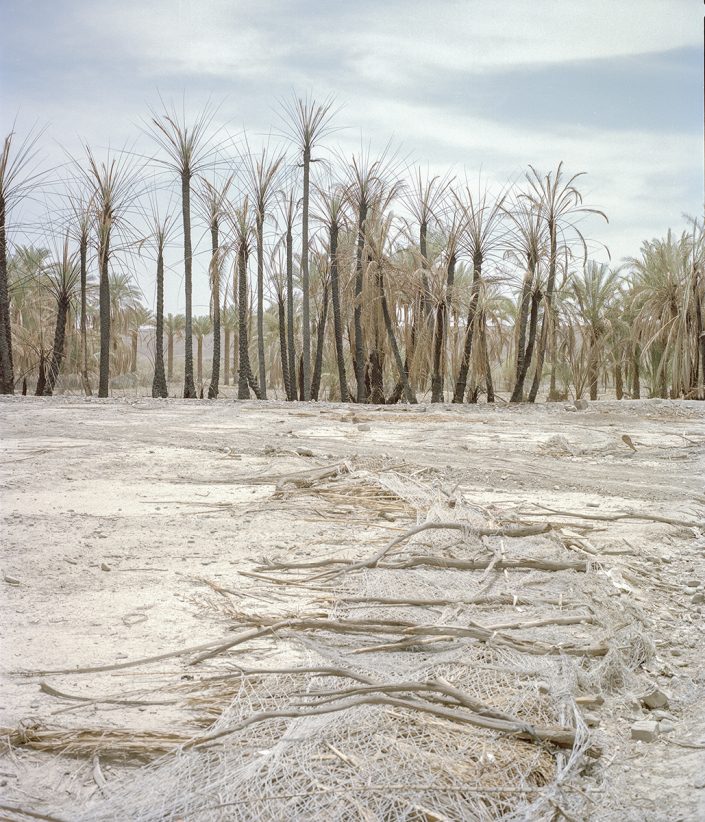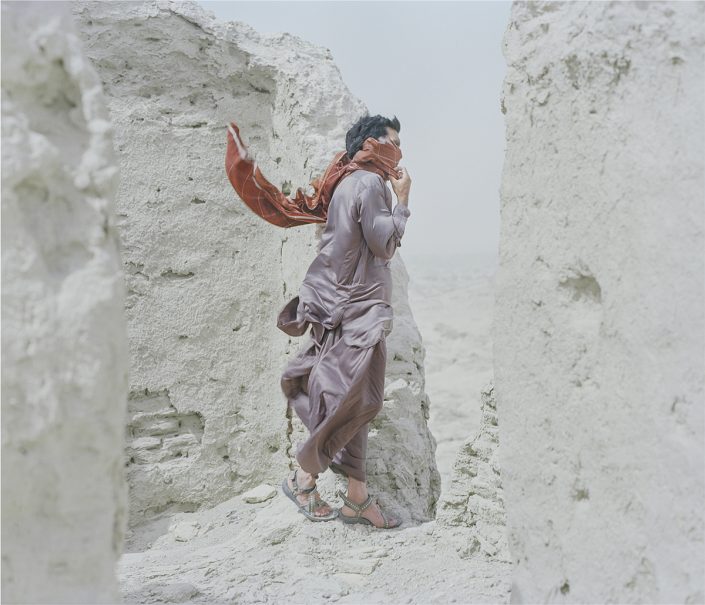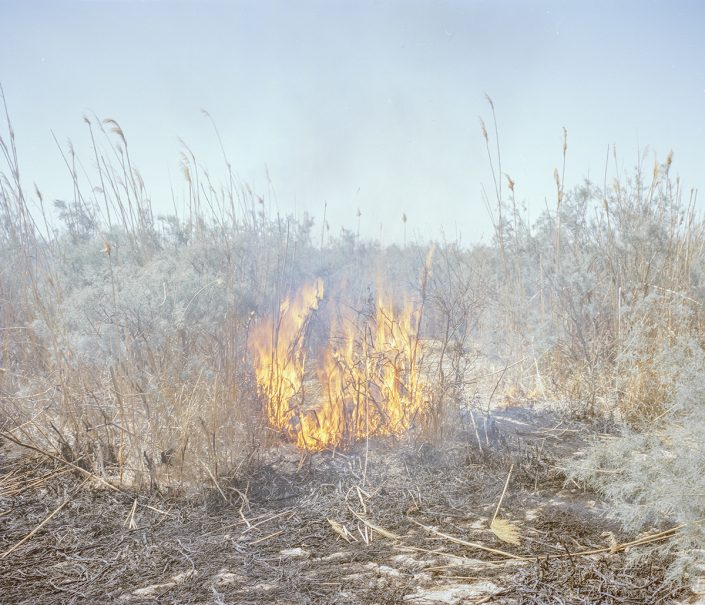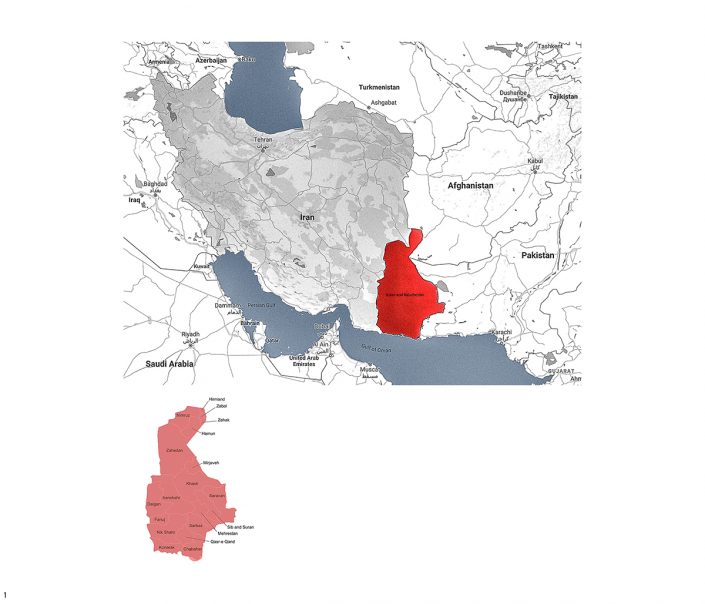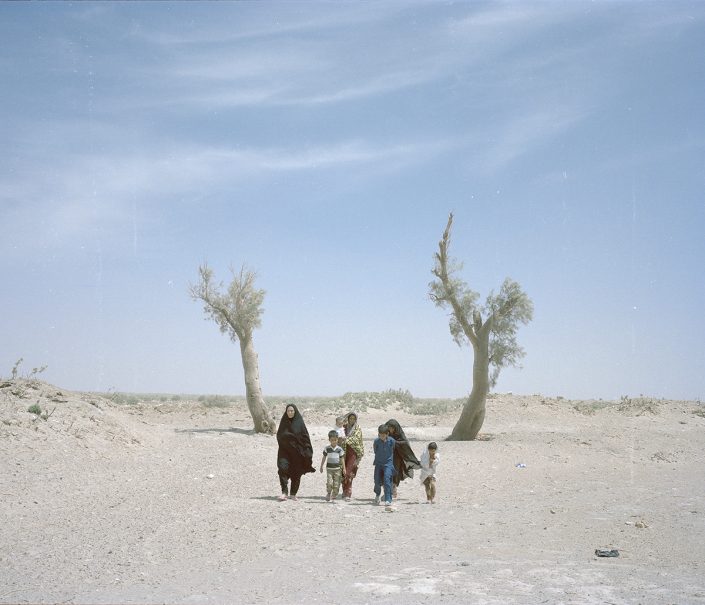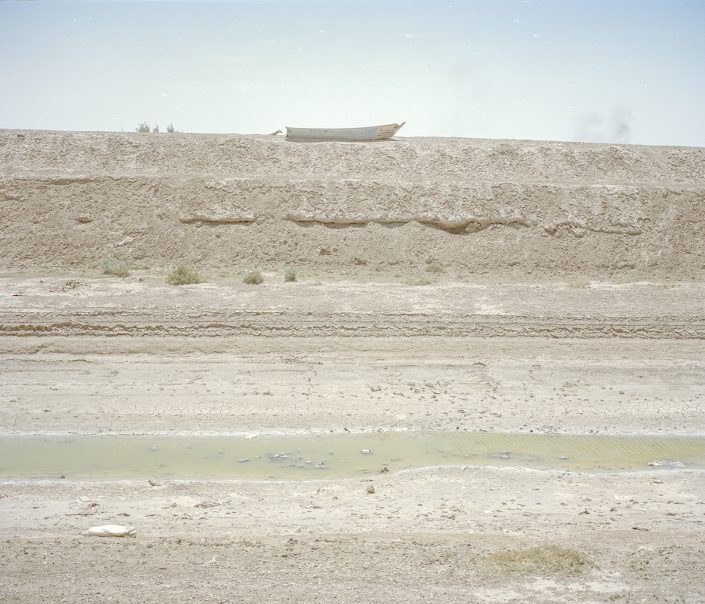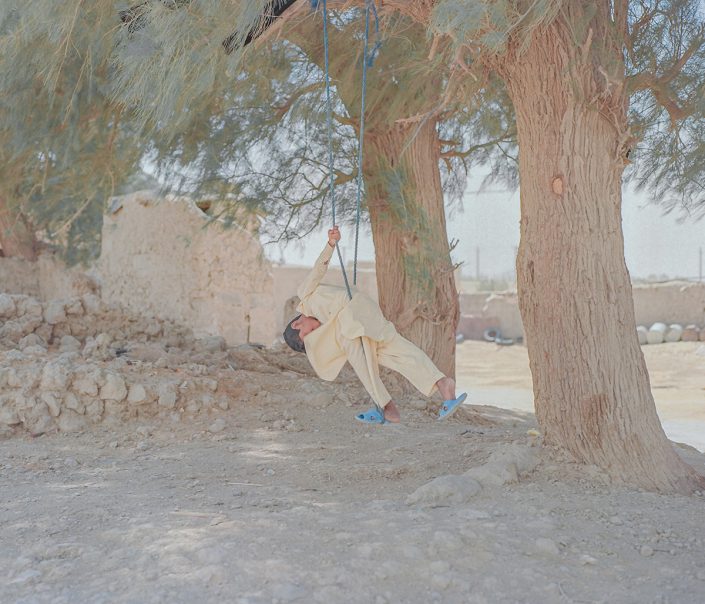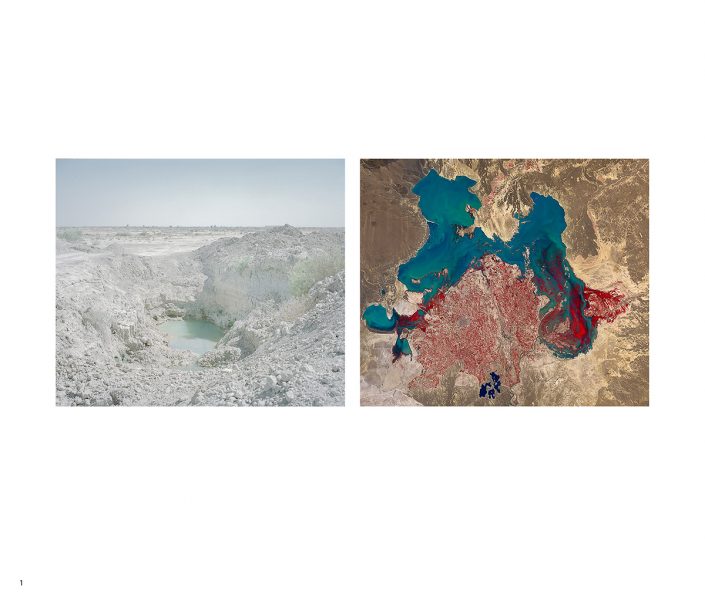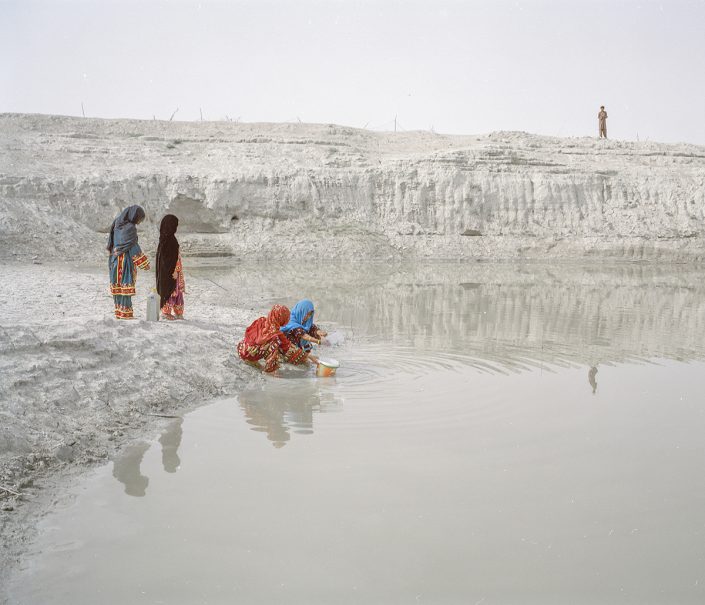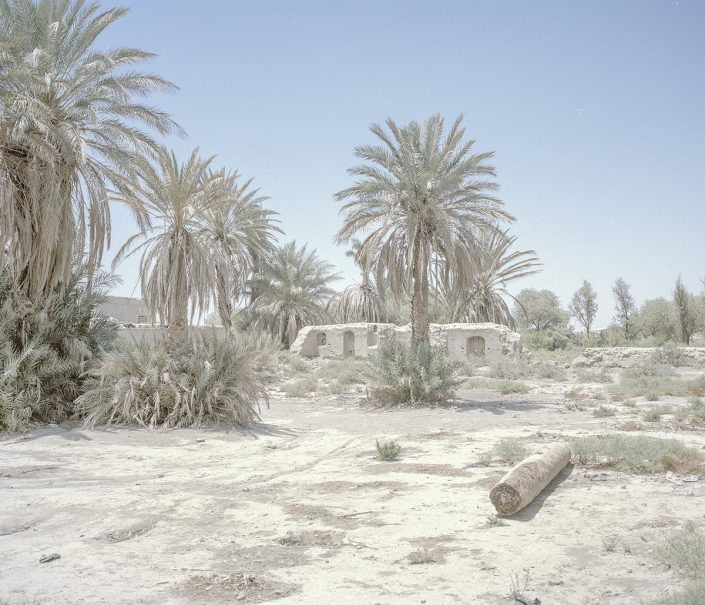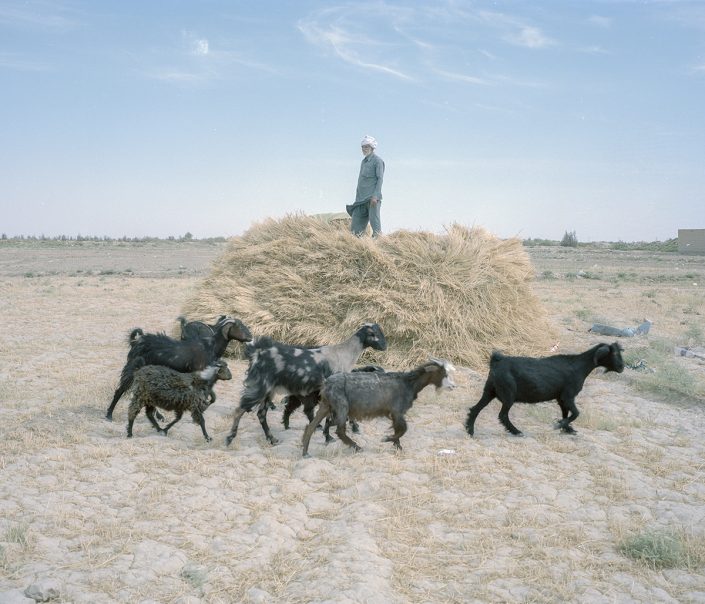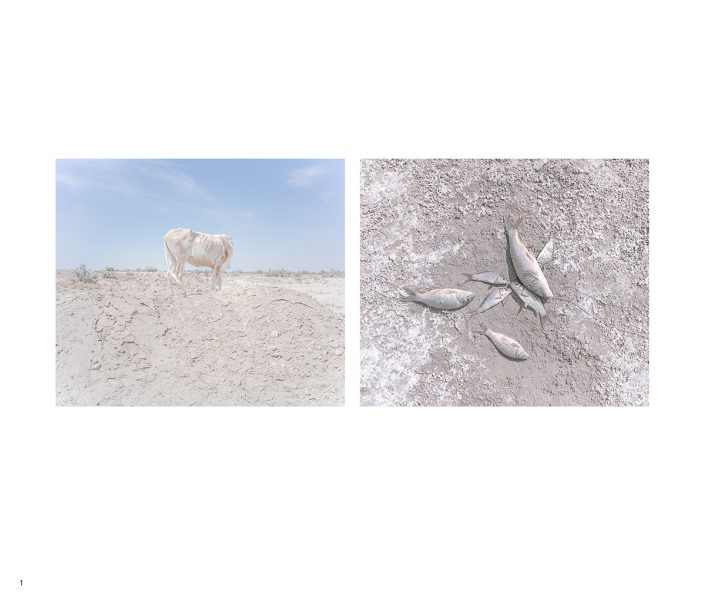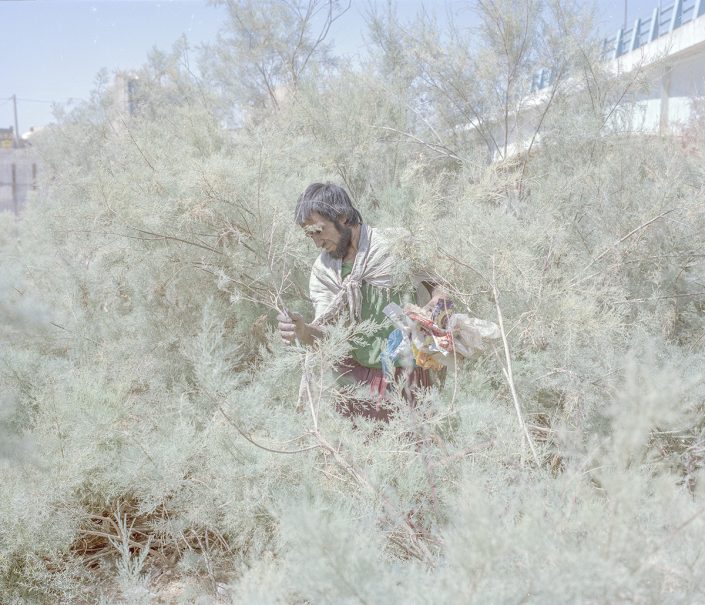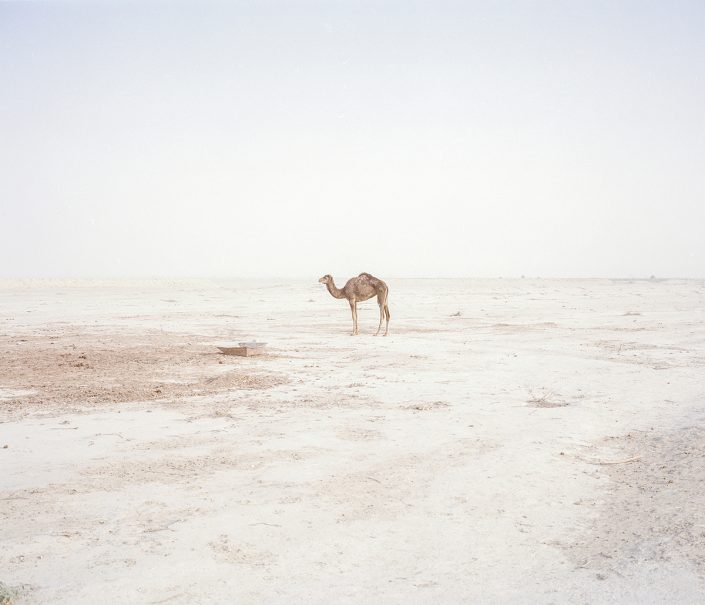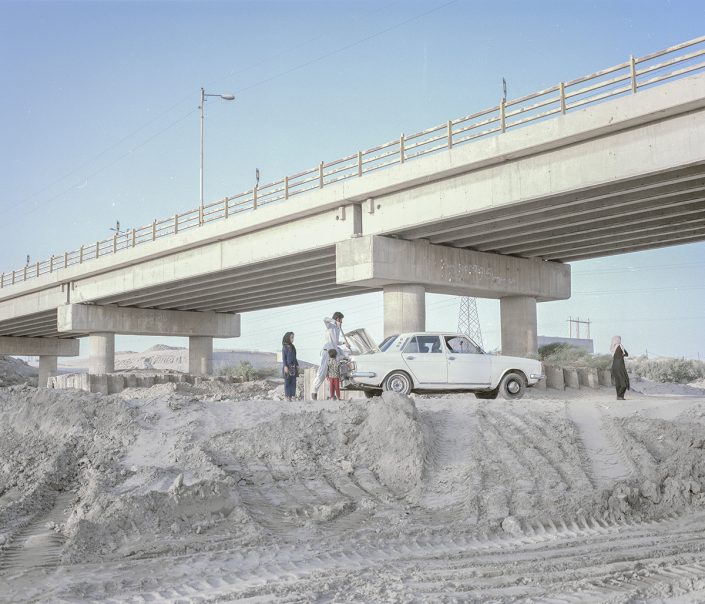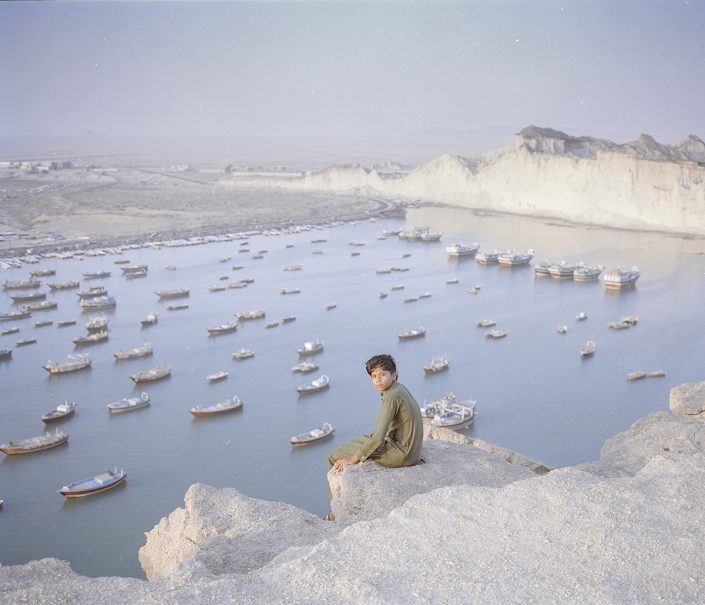An Elegy for the Death of Hamun
As the largest province of Iran, Sistan and Baluchestan is located in the southeast of the country and it shares borders with Afghanistan and Pakistan. Once a forest in the distant past and with a history of over 5000 years, it used to be a great source of crops in the country. Now, the province is facing rapid climate change, which has turned this vast region into an infertile desert. Drought, unemployment and hopelessness have made over one fourth of the population migrate in recent years.
Sistan and Baluchestan is now doomed to vanish. Lake Hamun is connected to Helmand/Hirmand River which stems from Afghanistan. The Afghanistan government has built extensive dams in the Upstream Helmand, preventing the water from reaching Iran. Any fluctuation in the water level causes problems for the whole system. Today, however, there is nothing left of the Lake except for a cracked barren land. In the past, the reeds in Lake Hamun were the main source for feeding the livestock but were also used in making traditional boats called Totens. Also, people made their living by fishing, farming and animal husbandry and their lives were dependent on Lake Hamun. With Hamun dying, the great diversity in wildlife and vegetation has virtually vanished. The province has been suffering from drought, famine, unemployment and depopulation for years now.
Sistan is now the land of forgotten people; it is the land of people whose voices have not been heard so much so that they have become silent. In the recent past, they used to be the masters of Lake Hamun and they could freely go fishing on boats but now their boats are mostly broken, capsized and empty. All these have led to the depopulation of the province. People move either to the south (the free Cha’bahar harbor) or to Golestan province, in the northeast of Iran to live on farms; but there is no paradise waiting for them. Even after two decades, the differences between the Balouch and Golestani people are still considerably high.
